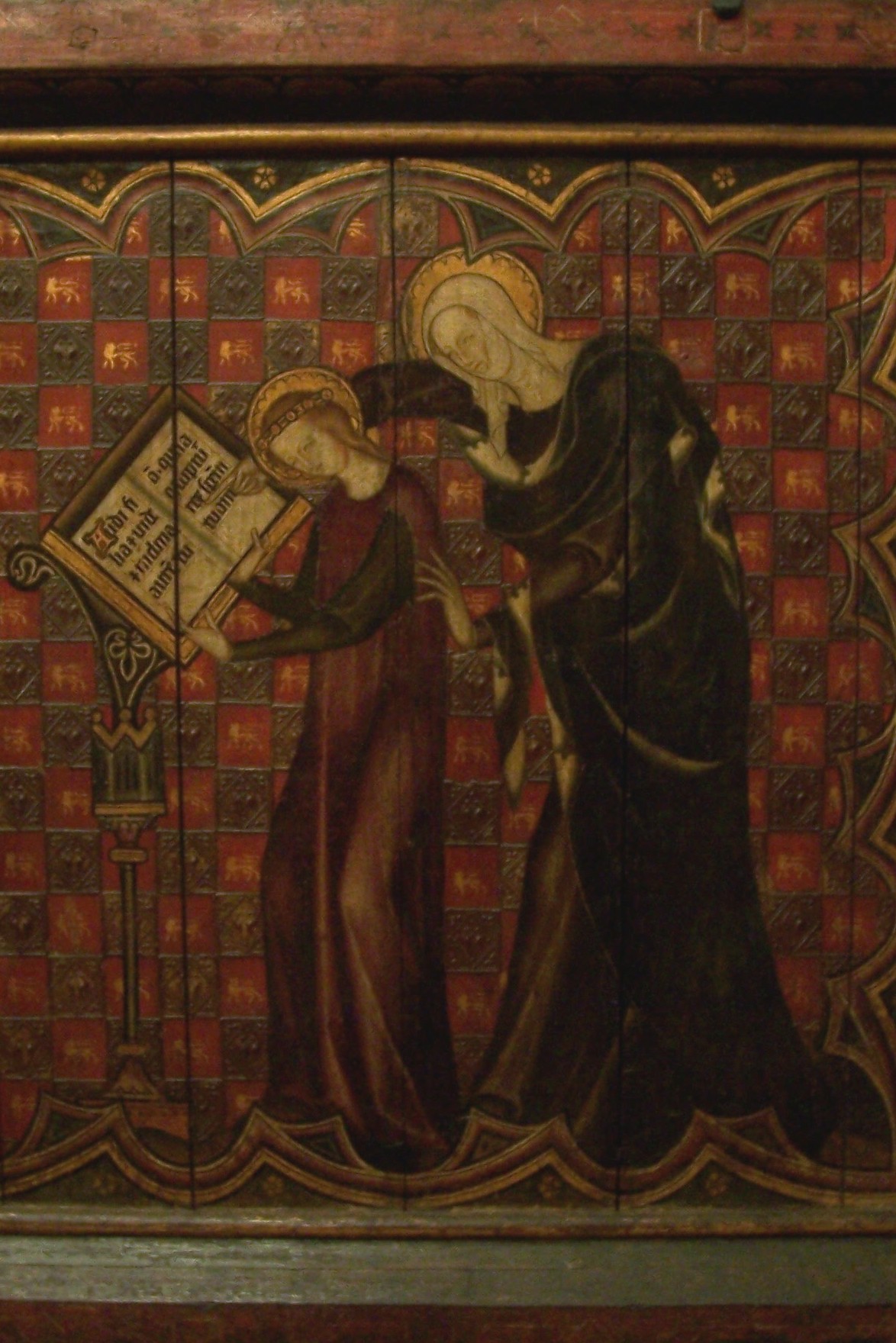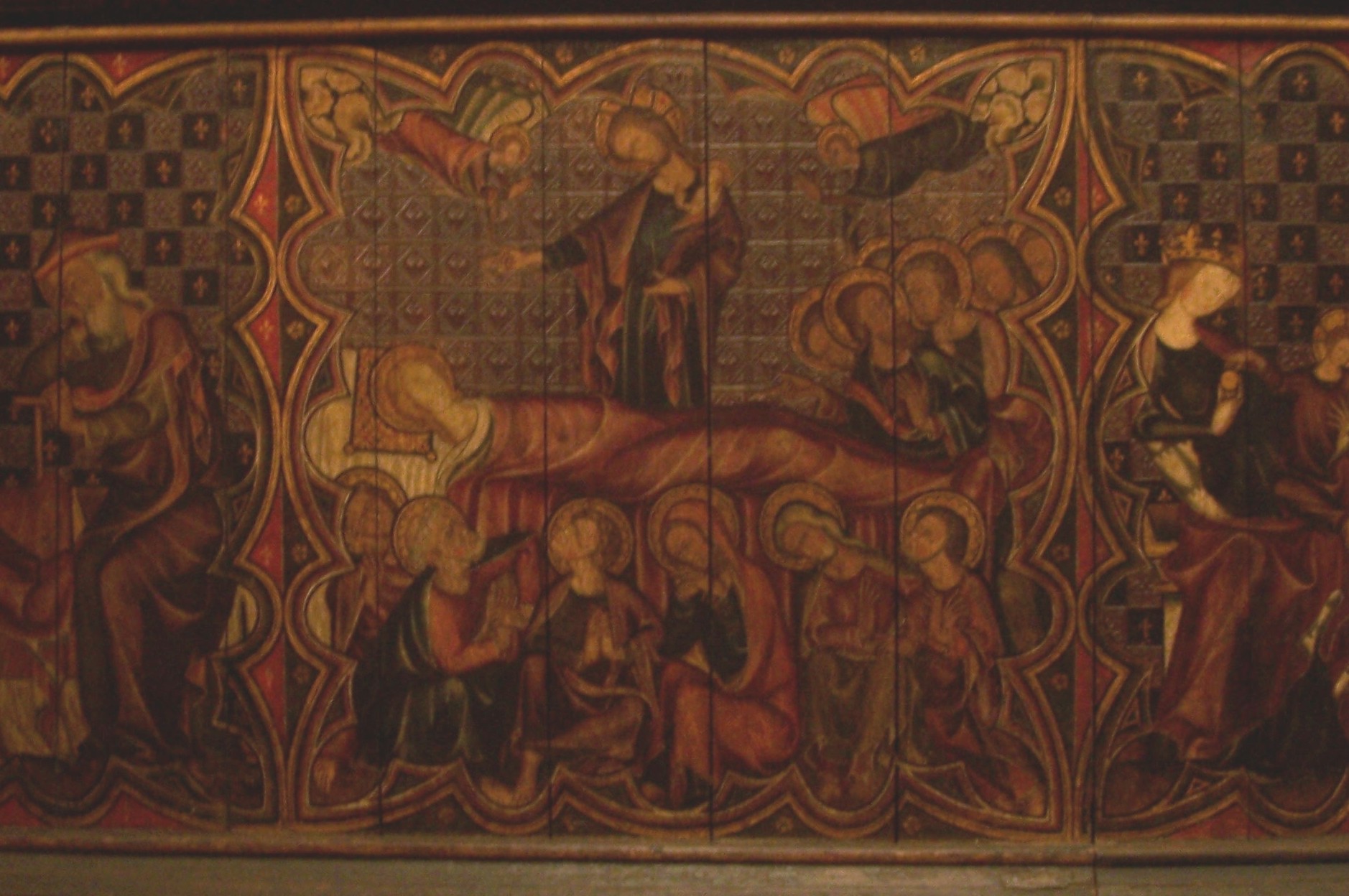Apocrypha Vol. 17
The latest volume of the annual journal Apocrypha was released just a few months ago. I picked up a copy at the l’AELAC conference. Here are the contents (previous years contents can be found on the l’AELAC web site HERE):
“Un fragment grec inédit des Actes de Pierre” by François Bovon and Bertrand Bouvier (9-54)
“Semiotik Intertextualität Apokryphität: Eine Annäherung an den Begriff ‘christlicher Apokryphen” by Tobias Nicklas (55-78)
“Les Enseignements de Sylvanos et la parole tranchante. Jeux de mots et assonances plurilinguistiques” by Michèle Broze (79-86)
“Was the Gospel of Philip written in Syria?” by Bas van Os (87-94)
“Revisiting Preliminary Issues in the Acts of Thomas” by Susan E. Myers (95-112)
“Intersections: The Reception History of the Protoevangelium of James in Sources from the Christian East and the Qu’rÄn” by Cornelia B. Horn (113-150)
“‘Righteous people according to the Old Law’: Aelfric on Anne and Joachim” by Frederick M. Biggs (151-178)
“The Gospel of Nicodemus in the Slavic Manuscript Tradition: Initial Observations” by Georgi Mincziew and Malgorzata Skowronek (179-202)
ÉTUDE CRITIQUE: “Michael J. Kruger, The Gospel of the Savior: An Analysis of P. Oxy 840 and its Place in the Gospel Traditions of Early Christianity” by Tobias Nicklas (203-210)
ÉTUDE CRITIQUE: “La philosophie du gnostique Basilide” by Lucia Saudelli (211-222)
ÉTUDE CRITIQUE: “Une collection de paroles de Jésus non comprises dans les évangiles canoniques” by Enrico Norelli (223-244)
ÉTUDE CRITIQUE: “The Old Slavic Apocrypha in Serbian Translation” by Georgi Mincziew (245-254)

 While in Paris last week, I visited the Musée National du Moyen Age. The museum is situated in the Latin Quarter of Paris, combining two earlier buildings: Gallo-Roman baths (1st-3rd cent.) and the former residence of the abbots of Cluny (15th cent.).
While in Paris last week, I visited the Musée National du Moyen Age. The museum is situated in the Latin Quarter of Paris, combining two earlier buildings: Gallo-Roman baths (1st-3rd cent.) and the former residence of the abbots of Cluny (15th cent.).